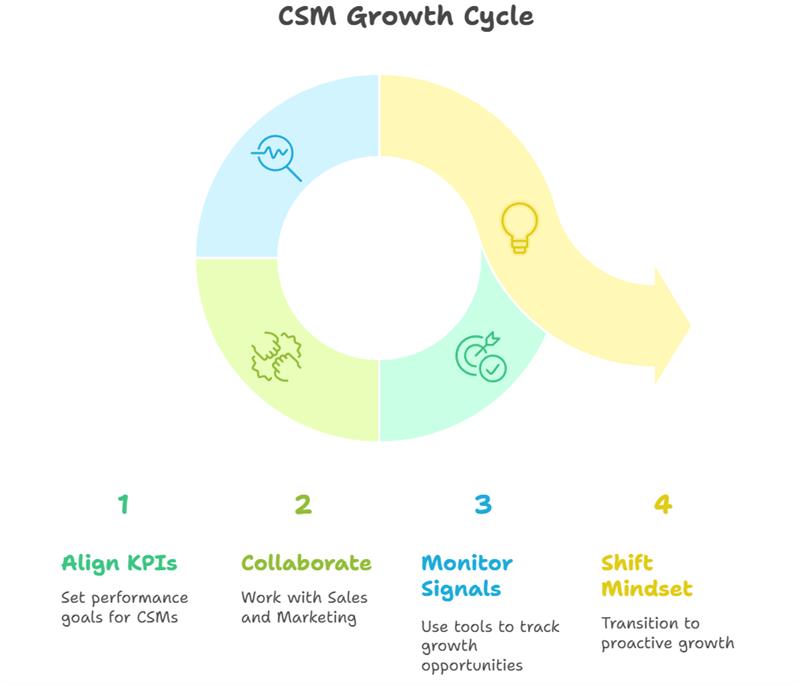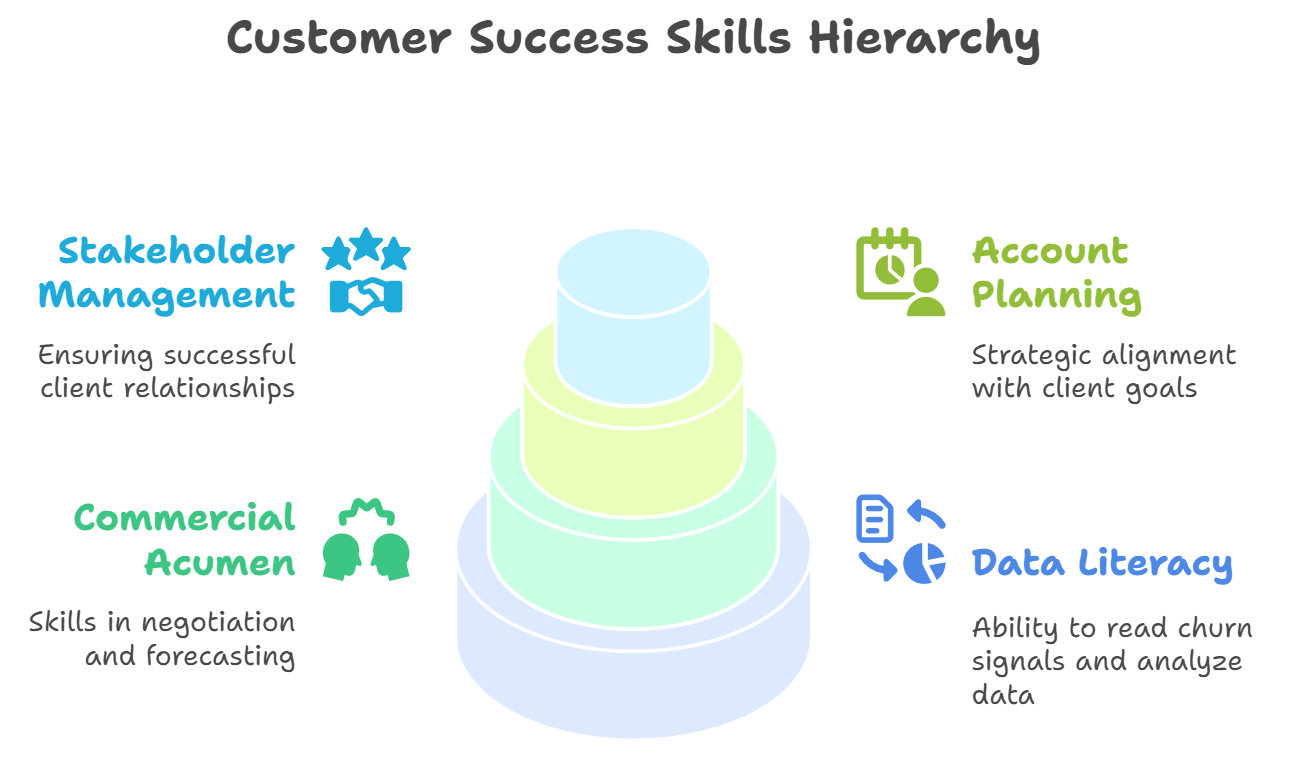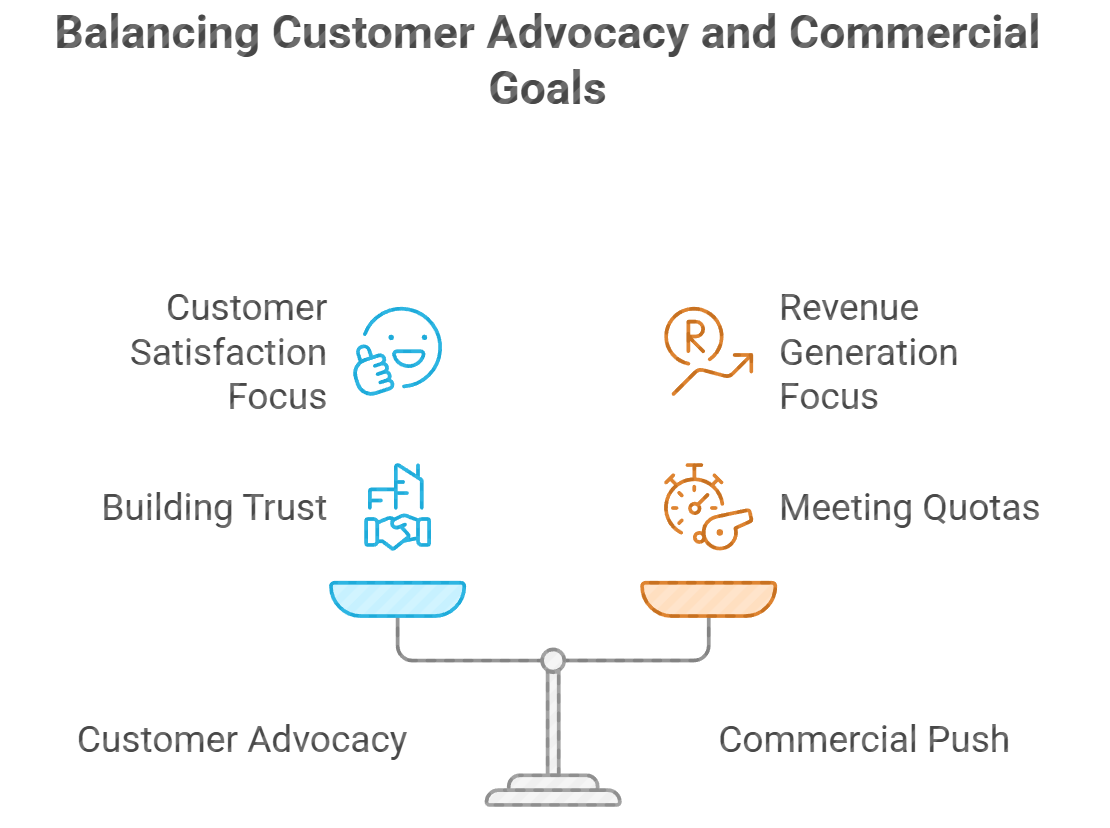CSM Are Becoming Revenue Heroes in 2025
Introduction
Let me be honest - I’m not a Customer Success expert. I don’t wake up quoting NRR benchmarks or dream in onboarding playbooks. But I do have a front-row seat to some incredible people who
do live and breathe Customer Success. And every day, I’m learning (sometimes by accident, often by curiosity).
Thanks to my time at
Piqual, I’ve gone from “What even is SaaS?” to “Oh wow, CSMs are actually driving serious revenue!”
Between coffee-fueled calls and dashboard deep-dives, I’ve seen firsthand how AI, automation, and customer-led growth are rewriting the rules.
And the biggest shift? Revenue ownership.
It’s not just a buzzword anymore - it’s a movement. A mindset. A mission.
So no, I’m not an expert. But I’m someone who cares, who listens, and who’s slowly falling in love with the truth behind what makes customers stay, grow, and succeed.
This blog is my humble attempt to share what I’ve learned - and maybe spark a few thoughts along the way.
Why Revenue Ownership Matters More Than Ever in 2025
In 2025,
Net Revenue Retention (NRR) is no longer just a metric - it’s the heartbeat of SaaS boardrooms. As customer acquisition costs rise and funding becomes tighter, companies are realizing that real growth comes from within: expanding existing accounts, reducing churn, and driving adoption. That’s exactly where Customer Success Managers (CSMs) step in.
We’ve moved past the early days of Product-Led Growth (PLG). While product still plays a key role, it’s now clear that
“land-and-expand” is the new normal. In this model, CSMs are expected to not just retain customers but drive expansion revenue - upsells, renewals, and cross-sells.
Economic downturns and the push for leaner operations are also fueling this change. CEOs and CFOs want every team aligned to revenue outcomes. Customer Success can’t be the “support function” anymore - it’s becoming a
revenue engine.
As Gainsight CEO Nick Mehta put it in a 2025 forecast:
"The future of SaaS is not just growth - it's efficient growth. And CSMs are right at the center of that transformation."
What Revenue Ownership Looks Like for CSMs
In 2025, the role of Customer Success Managers (CSMs) has evolved to become more revenue focused. Here’s what that looks like:
-
Revenue KPIs:
- CSMs are now accountable for renewals, upsells, and cross-sells. These metrics are tied directly to their performance goals.
-
Cross-Functional Collaboration:
- CSMs work closely with Sales and Marketing to create a seamless growth loop.
- Marketing nurtures expansion-ready leads
- CSMs identify opportunities
- Sales helps close the deal
-
Tool-Driven Decision Making:
- Platforms like Gainsight, Catalyst, Totango, and HubSpot help CSMs:
- Monitor customer health
- Track product usage
- Spot expansion or churn signals early
-
Proactive Growth Mindset:
- The biggest change is mental - CSMs now:
- Act as strategic advisors
- Focus on customer outcomes
- Drive value, not just solve issues
-
Revenue Engine Role:
- Instead of being a support function, CSMs are now a core part of the company’s revenue engine, ensuring long-term growth from existing customers.

Key Skills CSMs Need to Own Revenue in 2025
As Customer Success Managers (CSMs) take on more revenue responsibility in 2025, the skillset required is expanding beyond traditional support roles. Here are the core skills every revenue-owning CSM needs:
-
Data Literacy:
CSMs must be able to interpret key data points like churn signals, product adoption metrics, usage trends, and customer health scores. This enables them to act proactively before issues escalate - or identify upsell opportunities early.
-
Commercial Acumen:
Revenue ownership demands a strong grasp of business fundamentals. CSMs need to understand pricing models, renewal cycles, forecasting, and basic negotiation to contribute confidently in commercial conversations.
-
Account Planning & Stakeholder Management:
Successful CSMs map key decision-makers, understand customer goals, and develop strategic account plans. This helps them align product value with the customer’s evolving needs and business outcomes.
-
Cross-Functional Collaboration:
CSMs are no longer working in isolation. They must collaborate effectively with Sales, Product, and Marketing teams to share insights, co-create growth strategies, and deliver a unified customer experience.

Challenges and Risks of Revenue Ownership
While revenue ownership adds strategic value to the Customer Success role, it also brings certain challenges:
-
Blurred Roles with AEs:
As CSMs take on upsells and renewals, the line between Account Executives (AEs) and CSMs becomes unclear, potentially leading to internal tension or duplicated efforts.
-
Quota Pressure:
Introducing revenue targets can shift focus from customer success to sales performance. This risks overwhelming CSMs - especially those without formal sales training.
-
Conflict of Interest:
CSMs are advocates for the customer. Pushing for revenue can sometimes clash with what’s best for the client, creating a dilemma between advocacy and business goals.

Conclusion:
I may not carry the title of “Customer Success Manager,” but I’ve come to realize something important:
Revenue ownership isn’t just a metric - it’s a mindset.
Today’s CSMs are doing more than building relationships - they’re steering growth, spotting expansion, and speaking the language of business. And sure, that shift can feel a bit overwhelming (hello, imposter syndrome), but it also brings something exciting:
influence. A real seat at the decision-making table.
I’m genuinely thankful to
Piqual for giving me the space to explore all this - where AI, SaaS, and real customer stories collide. It’s where I get to learn from people way smarter than me and still have a voice in conversations like this.
So, whether you're just starting out or leading a Customer Success team, 2025 is your year.
Own the revenue. Own the impact.
And who knows - you might just fall in love with this role the way I did (even from the sidelines).
If you found this blog helpful, here is another post by Saran where he discusses
what is an API in simple terms
